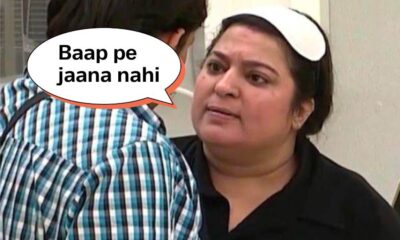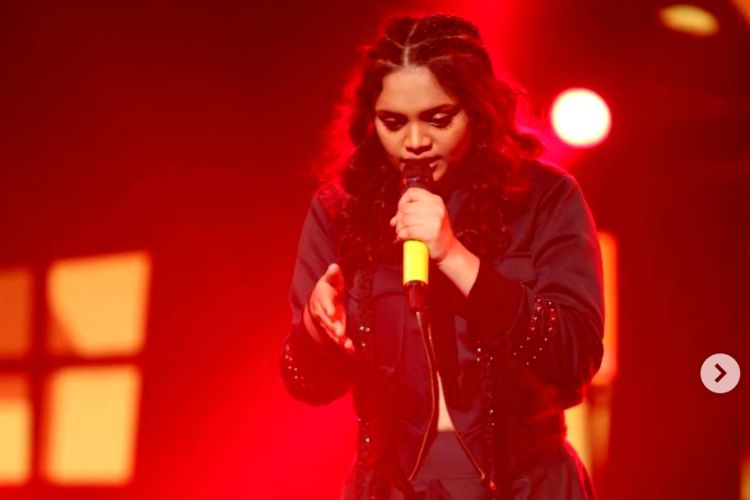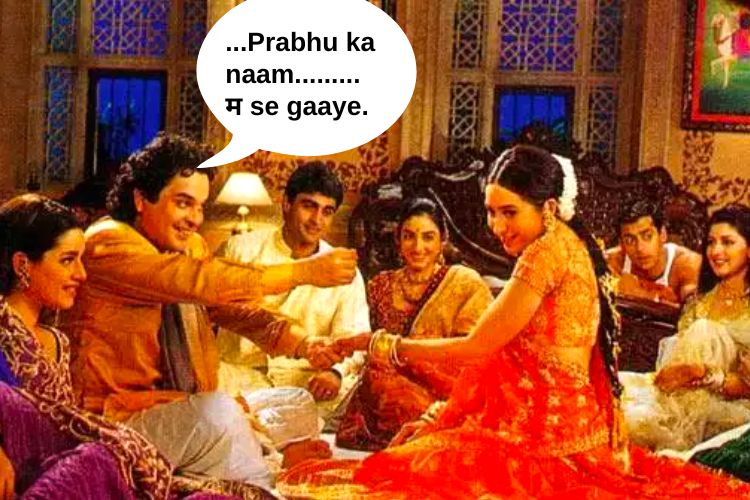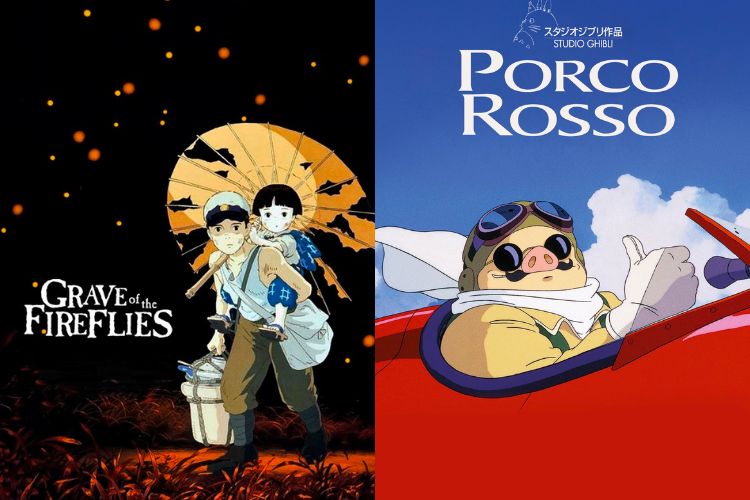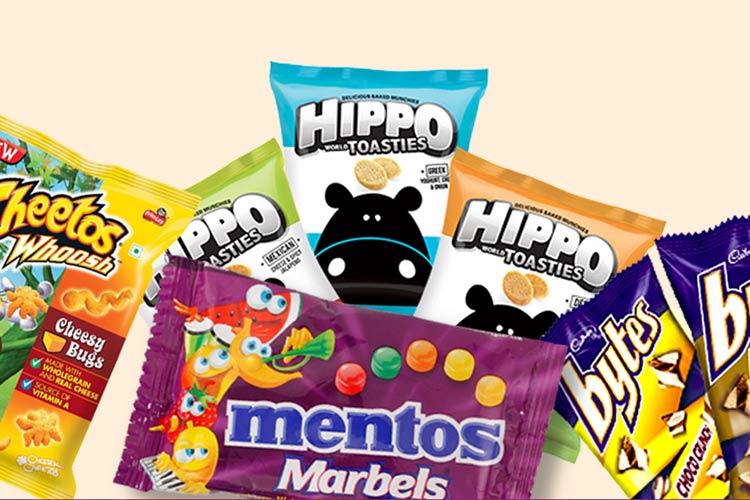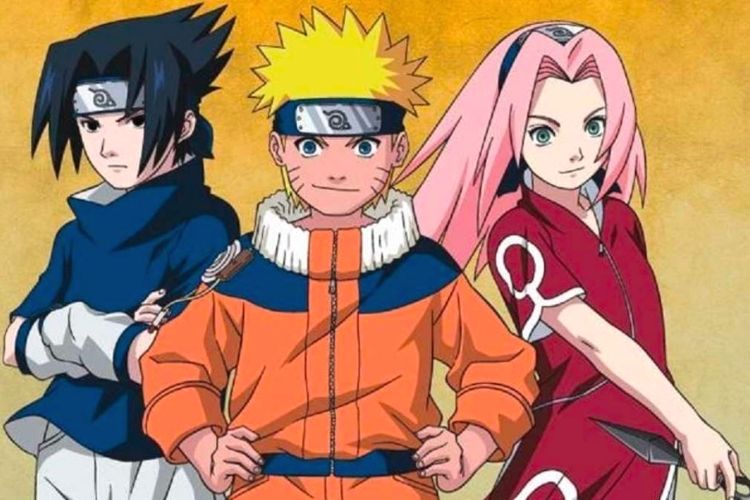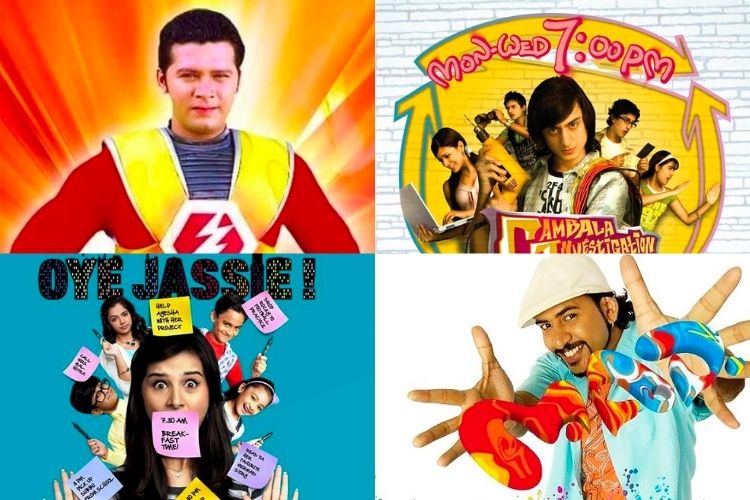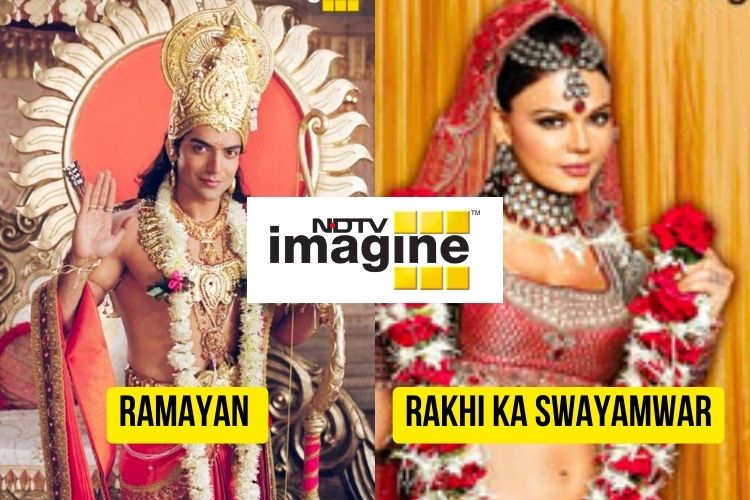
Shades of Pride: The Diverse Types of Pride Flags You Should Recognize
June is officially recognized as ‘Pride Month’ globally. It celebrates sexual diversity and equal rights for the LGBT+ community. Pride comes in all colours and shapes! Here are the various vibrant flags that represent the LGBTQ+.
6-Striped LGBTQ+ Pride Flag
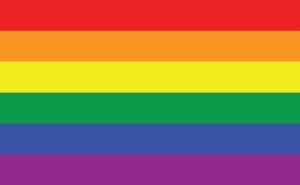
6-Striped LGBTQ+ Pride Flag (TriPride)
The rainbow pride flag was originally designed by artist Gilbert Baker with 8 colours in it but has undergone several changes. A symbol of LGBTQ pride, the flag reflects the diversity of the community.
Transgender Pride Flag
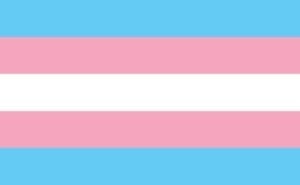
Transgender Pride Flag (TriPride)
The transgender pride flag is composed of blue (traditional for boys), pink (traditional for girls), and the middle stripe of white. The white stripe holds significance for those who are intersex, transitioning or are of neutral or undefined gender. It was created by American trans woman Monica Helms in 1999.
Bisexual Pride Flag
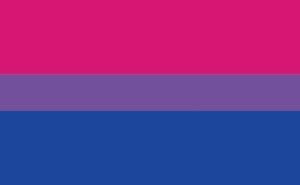
Bisexual Pride Flag (TriPride)
The bisexual pride flag was devised by Michael Page in 1998 to amplify the voice of bisexuals. It uses the colours pink, lavender, and blue in a 2:1:2 ratio. Pink represents sexual attraction to the same sex, the blue stripe symbolizes attraction to the opposite sex while lavender, the overlapping stripe, represents sexual attraction to both the sexes.
The Lesbian Flag
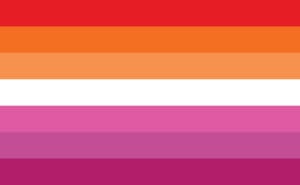
Lesbian Pride Flag (TriPride)
The official lesbian flag consists of seven different shades of pink, white and red. It can also feature a lipstick mark in one corner to celebrate the subculture of Lipstick Lesbian as the associated members intend to identify themselves with a ‘feminine rather than a “butch” image’.
Pansexual Pride Flag
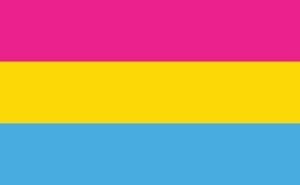
Pansexual Pride Flag (TriPride)
The pansexual pride flag conveys that pansexuals have relationships with people of different genders and sexualities. It has three horizontal bars of magenta, yellow, and cyan. Cyan represents sexual attraction to those who identify within the male spectrum, while magenta represents attraction to those on the female spectrum. The yellow stripe in middle symbolizes attraction to non-binary people.
Intersex Pride Flag
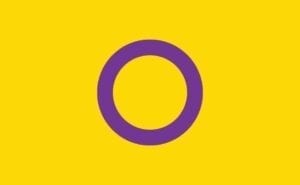
Intersex Pride Flag (TriPride)
The intersex pride flag has a purple ring in the middle of a yellow square. The ring stands for “unbroken and unornamented wholeness and completeness” of intersex people who do not fit the mainstream definitions of male or female bodies.
Asexual Pride Flag
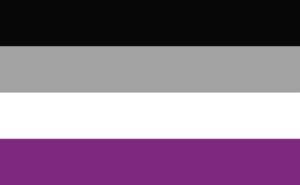
Asexual Pride Flag (TriPride)
Starting from the top, the asexual pride flag consists of four horizontal stripes: black, grey, white, and purple. The black represents asexuality while grey is for the undefined area between asexual (purple) and sexual (white.)
Demisexual Pride Flag
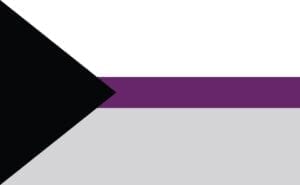
Demisexual Pride Flag (TriPride)
The demisexual pride flag has the same colours as that of the asexual pride flag but has a different design. It stands for those who are sexually attracted to only those people with whom they have an emotional connection.
Nonbinary Pride Flag
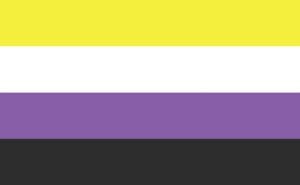
Nonbinary Pride Flag (TriPride)
The nonbinary pride flag carries four colours. The first yellow stripe is for those whose gender exists without reference to the binary. The purple is for people whose gender is a mix of male and female, white is for those who identify with many genders. The final black stripe is for those who feel they do not belong to any gender.
LGBTQ+
8 Bold and Unapologetic Indian Gay Web Series

These Indian gay series on Netflix offer viewers a unique glimpse into the lives of queer individuals, highlighting their diverse backgrounds, personal journeys, and the challenges they face in a society that often struggles with acceptance and understanding. Through compelling storytelling, these shows aim to create awareness, foster empathy, and promote inclusivity.
Indian gay web series have gained significant popularity in recent years, providing a platform for LGBTQ+ representation and storytelling. Besides entertaining, these web series educate and create awareness about the struggles and challenges that the LGBTQ+ community faces in India.
Page Contents
8 Bold and Unapologetic Indian Gay Web Series
The Other Love Story

The ‘Other’ Love Story” is a heartfelt Indian gay web series that narrates the story of two young women, Aadya and Aachal, who develop a deep bond while pursuing their dreams. Set in the 1990s, the series explores their journey of self-discovery, societal norms, and the challenges they face due to their same-sex relationship.
With its sensitive portrayal of LGBTQ+ love and strong character development, “The ‘Other’ Love Story” has touched the hearts of audiences worldwide.
Also, read:
Most Popular Characters From Gay Web Series On Netflix
Made in Heaven

Set in the backdrop of the bustling city of Delhi, this Prime Video series follows the lives of two wedding planners, Tara and Karan, who navigate both personal and professional challenges. While the series primarily focuses on their professional lives, it also delves into their personal journeys, including their exploration of sexuality and relationships.
Made in Heaven offers a nuanced portrayal of LGBTQ+ characters, highlighting the complexities and struggles they face in a society that is still grappling with acceptance.
Khwabon Ke Parindey

This is yet another Indian gay web series that revolves around the lives of three friends who embark on a road trip from Melbourne to Perth. The series explores themes of friendship, love, and self-discovery, while also shedding light on the challenges faced by LGBTQ+ individuals in different cultural contexts.
All About Section 377

All About Section 377 is a groundbreaking Indian gay web series that sheds light on the legal battle for LGBTQ+ rights in India. Inspired by the real-life struggles faced by the community, the series follows the efforts of a group of friends as they struggle against IPC Section 377, which criminalizes homosexuality.
With its gripping narrative and powerful performances, “All About Section 377” has become a significant voice for LGBTQ+ rights in the country.
Romil and Jugal

Romil and Jugal is a refreshing Indian gay web series that explores the complexities of same-sex relationships in a conservative society. The series revolves around Romil and Jugal, two young men who fall in love and navigate the challenges of acceptance from their families and society. With its humour, romance, and thought-provoking storyline, Romil and Jugal has garnered widespread appreciation for its portrayal of LGBTQ+ relationships.
Akoori
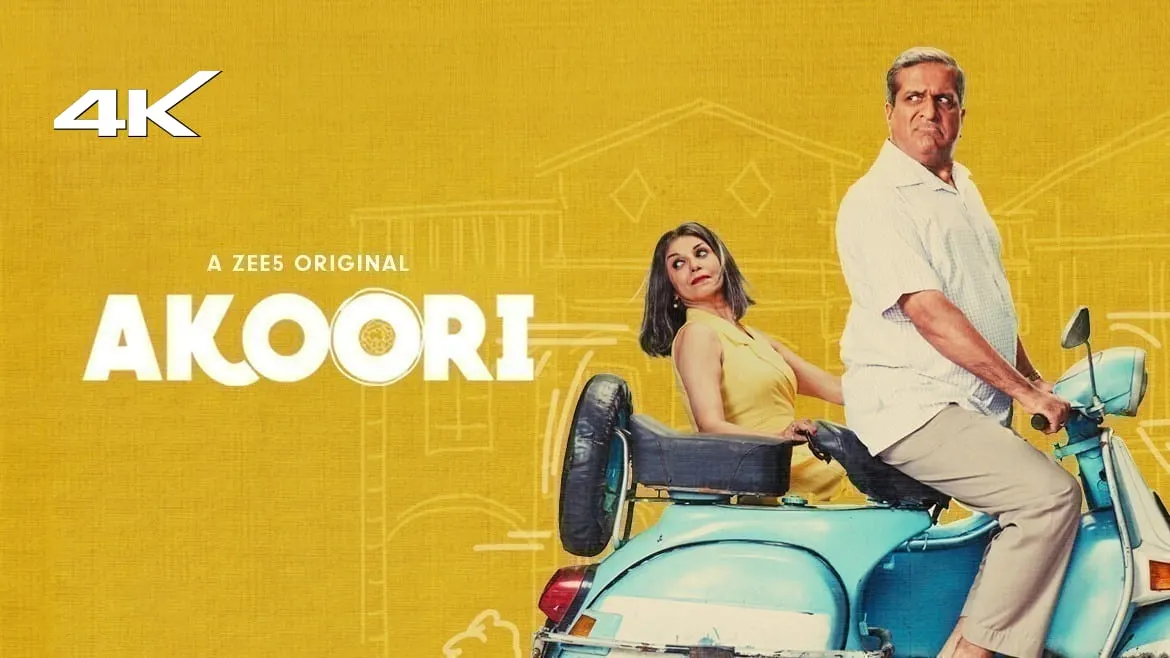
Akoori is an Indian gay web series that delves into the dynamics of a Parsi family and their reactions when their son comes out as gay. The series skillfully balances humor and emotions while highlighting the importance of acceptance and love within a family. With its stellar cast and relatable storyline, ” Akoori” has been widely praised for portraying LGBTQ+ issues realistically in the Indian cultural context.
Four More Shots Please!

“Four More Shots Please!” is a popular web series that revolves around the lives of four women living in Mumbai. While the show primarily focuses on female friendships and empowerment, it also explores LGBTQ+ relationships. One of the main characters, Umang, is a bisexual fitness trainer, and her storyline beautifully portrays the struggles and triumphs of being a part of the LGBTQ+ community in India.
Leila

“Leila” is a dystopian drama that takes place in a future India, where an authoritarian regime enforces strict social and cultural conformity. The series follows the journey of Shalini, a woman desperate to find her missing daughter. Along the way, she encounters a diverse group of characters, including Jaya, a transgender woman who becomes an ally and guide for Shalini. “Leila” not only explores themes of love and loss but also tackles issues of gender identity and discrimination, reflecting the struggles faced by the LGBTQ+ community in a repressive society.
These Indian gay web series have emerged as a powerful medium to explore LGBTQ+ narratives in a society that is still grappling with acceptance and understanding. These web series not only entertain but also shed light on the struggles faced by the LGBTQ+ community, promoting inclusivity and awareness.
For more such interesting content, follow us on Instagram and Facebook.
LGBTQ+
Contrast Between The Straight & Queer Community Over Badhaai Do

‘Marriages are made in heaven’ such quotes seem to be true when a marriage appears bright and perfect from the outside. However, a big chunk of these marriages involves two individuals struggling on personal levels and making daily compromises, just like the marriage between Suman and Shardul for the sake of convenience in the movie.
Page Contents
The concept of Lavender marriage is just a plot
LGBTQ+ perspective: The concept of lavender marriage is a setback to the normalization of same-sex marriages.
Comedy helps to educate large audiences about a sensitive topic

LGBTQ+ perspective: Comedy around an LGBT+ community is turning it into a joke.
Actors playing the role of an LGBT helps to normalize the topic
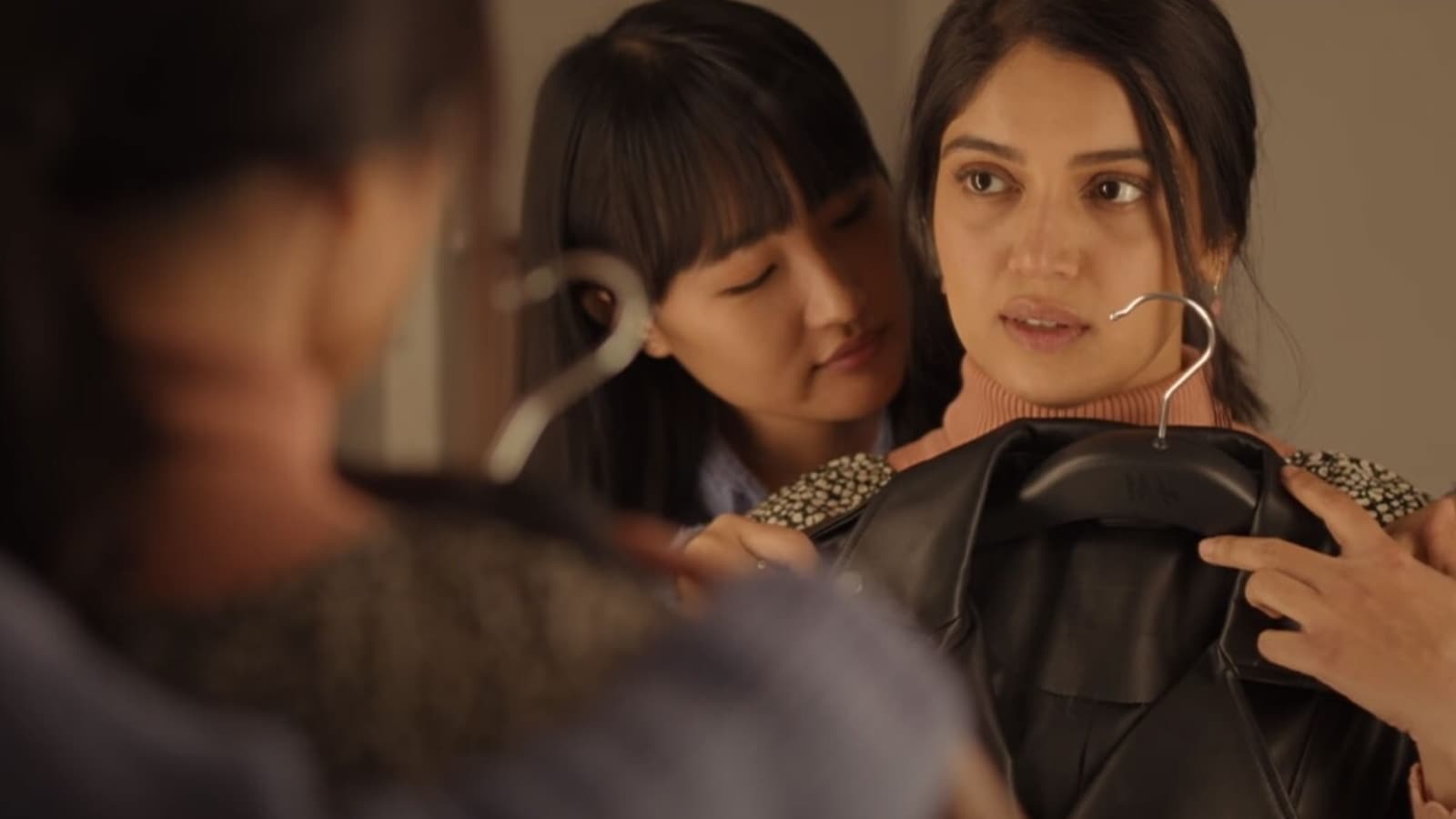
LGBTQ+ perspective: People from the LGBT+ community should play the character of an LGBT.
The use of a wrong flag in a Pride March is a minor detail
 LGBTQ+ perspective: The use of the wrong flag in a Pride March depicts a lack of research on the community.
LGBTQ+ perspective: The use of the wrong flag in a Pride March depicts a lack of research on the community.
The representation of the LGBT community in Bollywood movies will help people to accept them
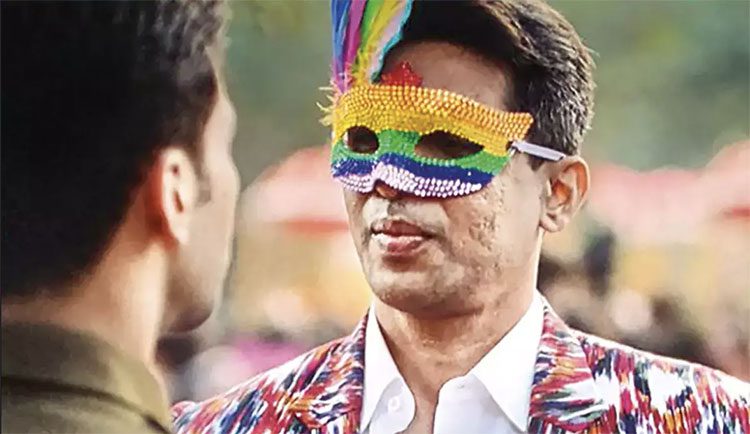
LGBTQ+ perspective: The representation of the LGBT community is being stereotyped in Bollywood movies.
The issue of institutionalized homophobia is controversial and it should not be highlighted in movies.

LGBTQ+ perspective: The issue of institutionalized Homophobia should be highlighted and raised.
These have been some of the contrasting viewpoints about Badhaai Do that have initiated a new debate over the representation of the LGBT+ community in Bollywood movies.
Let us know your views about the movie in the comment section below.
LGBTQ+
How was Pride Month celebrated In 2020? | {Pride Month 2020}
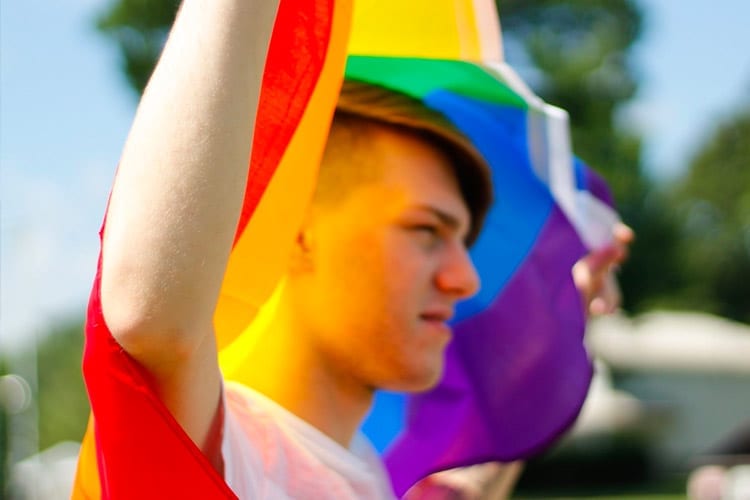
June is officially recognized as ‘Pride Month’ globally. It celebrates sexual diversity and equal rights for the LGBT+ community. In 2020, as the coronavirus pandemic wreaked havoc, no one was able to venture out and celebrate pride. Amidst the health crisis, the world went virtual, and so did the Pride Month celebrations. Here’re some highlights from Pride Month 2020.
Page Contents
Pride Circle, India’s Premier Diversity and Inclusion Organization Organized #21DaysAllyChallenge
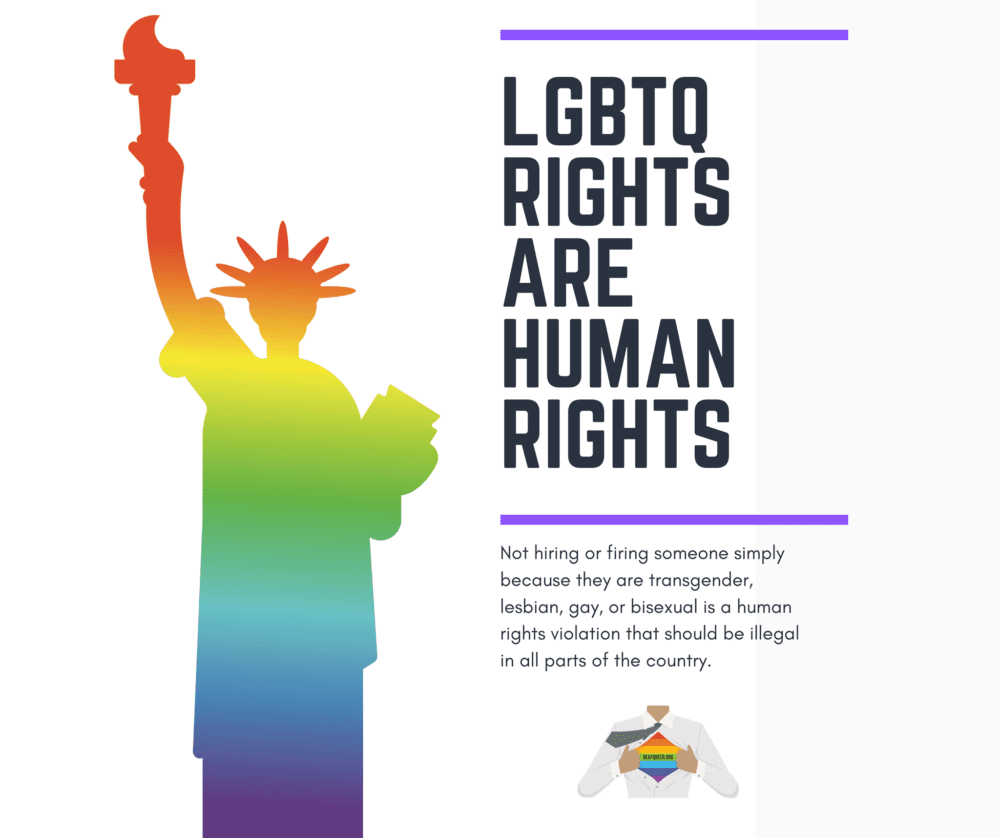
Pride Circle initiated a global challenge to neutralize gender biases and set aside stereotypes about the LGBT+ community.
It set micro-challenges and organized activities that motivated people to understand gender identities, sexual characteristics, gender expression, etc. Held over a duration of 21 days, participants were inspired to read the ‘coming out stories.
Pride Networks Across the Globe Celebrated Global Pride 2020
It was an initiative by several pride networks across the globe, which came together for a 24-hour live stream show. Along with music and art, the live stream included speeches from pride activists globally. Prominent public figures addressed the audience. Prime Ministers and Presidents of a few nations graced the event with their virtual presence too.
Big Tech Companies Launched Pride-Themed Accessories
Apple launched two new bands for the Apple Watch. It launched a rainbow band and a Nike Pride Edition Sport Band. Apple has been releasing Pride-themed accessories since 2016.
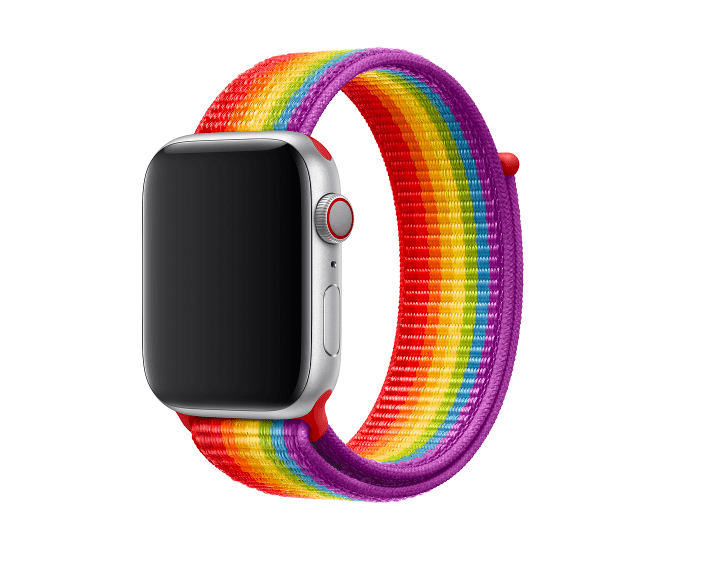
Microsoft launched its Pride collection, which included items such as t-shirts, hoodies, etc. It dedicated a page for LGBT+ employees of Microsoft where they could discuss topics related to pride.
New York City Virtual Pride Parade marked its 50th anniversary.
A virtual pride rally was organized in New York City in 2020. NYC Pride marked its 50th-anniversary last year. The parade was a remembrance of history and a celebration of queer love and humans.
Now, in 2021, we await ‘Pride Month’ festivities. Acceptance is charming, and so is our faith in love. Indeed, love is love, and no one should dare to silence it. Queer relationships, love, and pride must be treasured. Each love is special, and so is each life.
Also, Read:
- Five Must-Read LGBT+ Graphic Novels
- Films That Celebrate Pride – LGBTQ+ Edition
- 6 Indian LGBTQ+ Organisations That Are Keeping The Spirit Of Pride Alive
- Unique Portrayals Of Queer Characters On Netflix | 8 Netflix Shows With LGBT Characters

 Entertainment2 years ago
Entertainment2 years ago18+ Series That You Undoubtedly Should Not Watch With Your Family

 Entertainment2 years ago
Entertainment2 years agoTop 10 Indian Hot Web Series That Will Raise The Temperatures

 Entertainment2 years ago
Entertainment2 years ago10 Adults Only Ullu Hot Web Series

 LGBTQ+7 months ago
LGBTQ+7 months ago8 Bold and Unapologetic Indian Gay Web Series

 Recommendations2 years ago
Recommendations2 years ago10 Best Anime Movies In Hindi By Studio Ghibli

 Entertainment1 year ago
Entertainment1 year ago10 Quotes That Make Farzi Web Series Iconic

 Nostalgia3 years ago
Nostalgia3 years ago90s Snacks Of India That We Will Probably Never Eat Again

 Entertainment1 year ago
Entertainment1 year ago5 Hande Erçel Dramas In Hindi On YouTube


